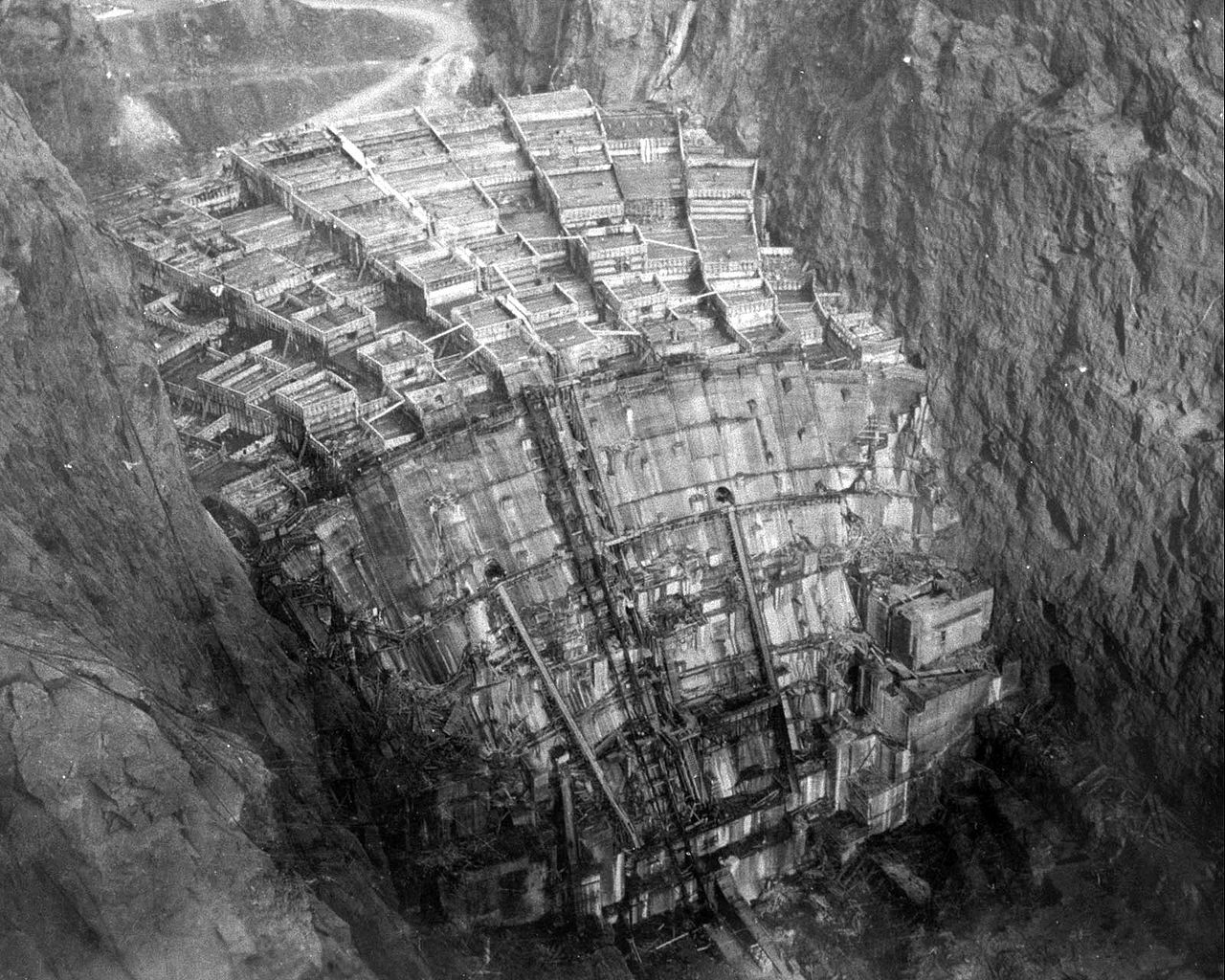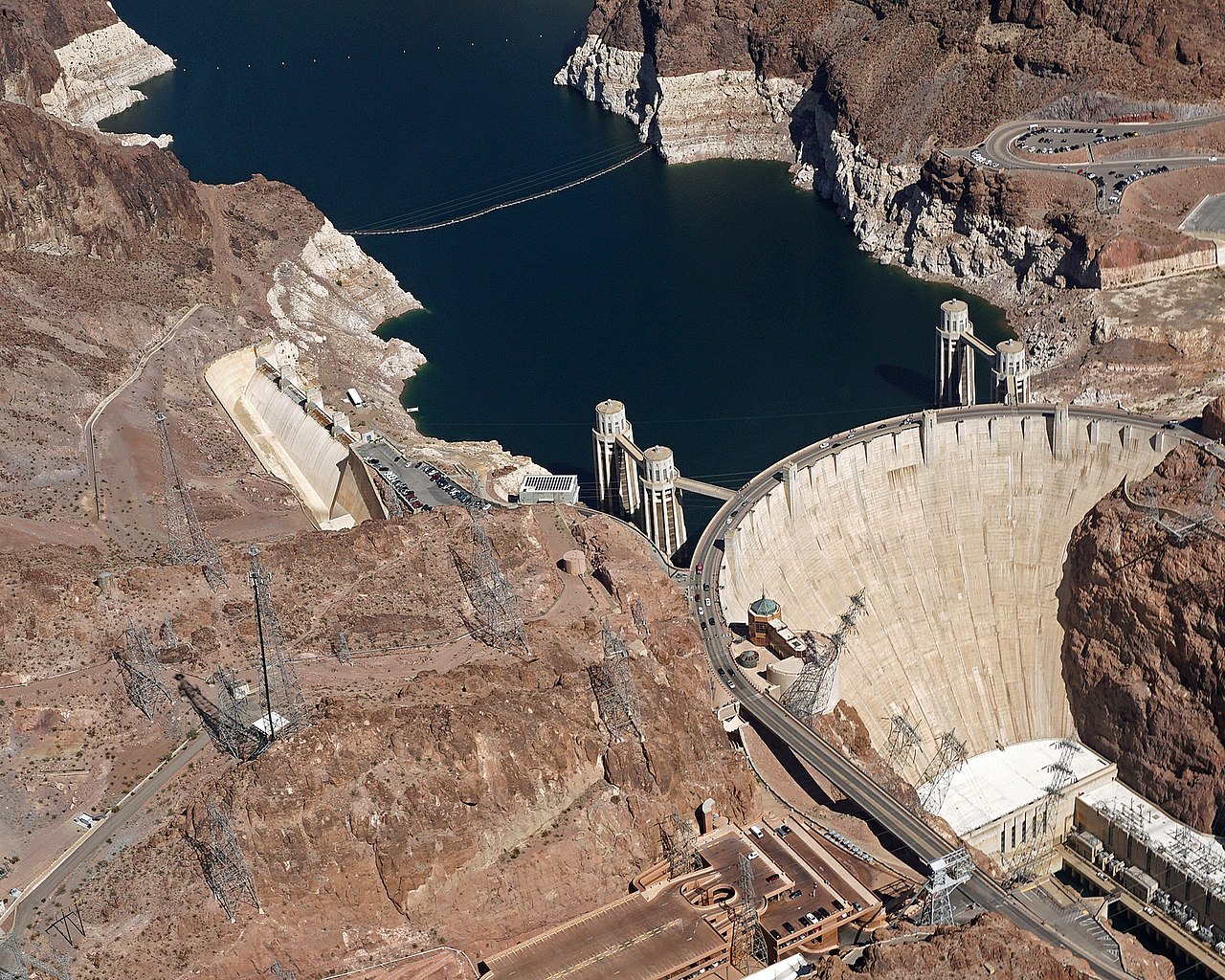20 Sep
We’ve been at Lake Mead for over two weeks. Many people couldn’t stay in one place this long. I can. There is plenty to do and see – one just needs to learn how to slow down and take a micro-look at their surroundings. Every day Corky and I walk and explore. I see eye-candy, Corky smells dog-candy.
Today we are sitting by the lake. It will be the last day of this trip. Time to go home.
I have often written here about Lake Mead Recreational Area. What first attracted my attention were the vast wilderness areas, potentially prime backpacking destinations that became achievable due to the proximity of water in Lake Mead. Often times getting to the lake and water isn’t an easy task, and for the inexperienced can result in bad outcomes, to include death. However, sometimes a little risk returns huge dividends. I wrote about some of these backpacking trips in:
The Eye Candy Backpacking Trip (2014)
Often camping trips with Joyce spark an interest for areas to explore via a backpacking trip. Other times camping trips inspire me to explore the history of an area. Lake Mead Recreational Area has ticked of all these buttons. From backpacking trips into the backcountry and numerous tours inside Hoover Dam, the area just mesmerizes me.
Hoover Dam
The dam is one of man’s greatest engineering feats. Today there are thousands of dams in the U.S. that don’t make sense – grave environmental impacts including disruption the food chains in our oceans, dams that are dangerous and poorly built, and dams that are beyond their expected life span – Hoover Dam is not one of these. A must read book is Cadillac Desert: The American West and Its Disappearing Water, by Marc Reisner. In my opinion Hoover Dam actually makes good sense. If you are ever in Las Vegas, or better yet camping or backpacking in the area, I highly recommend you take a tour.
Construction began in 1931 and it was finished in 1936. It is an arched cement dam, with the base width 660 feet thick. The top of the dam is 45 feet thick and Highway 93 (two lanes) passes on the top of the dam. Even though the dam is 83 years old, it will be another 42 years before all of the cement is completely cured! When filled to capacity, Lake Mead is the largest reservoir in the U.S. based on water capacity. There is much more to tell and it is best to do your own research and go visit the dam. If you take a tour you will see a movie that shows how the Colorado River was diverted and how the dam was built. The tour also takes you inside the dam to the room where the hydroelectric turbines are located. As many times as I have been to the dam, I’ve never taken any pictures. Below are a few pictures from Wikipedia.
Below is Black Canyon before the dam was built. The dam uses the bedrock of this canyon to secure the sides of the dam:

The pouring of cement for the dam presented many technological problems for the time. Below is a picture of the cement forms during construction:

It took 6 years to fill Lake Mead Reservoir once the dam was completed. Below is a picture of the dam beginning to capture the water from the Colorado River:



What If?
What would happen to the if the human race destroyed itself? Not a far-fetched scenario considering how we are constantly at war. What would happen to Hoover Dam?
Although the dam was designed to last 500 years, if the reservoir wasn’t full and never fills again, the structure would probably last for 10,000 or more years. At one time it was thought that if the penstocks were left open, the dam might last as long. However since an invasive species of mussels, the quagga mussel, from Eastern Europe was inadvertently introduced into the Great Lakes in the 1980’s. All bets are off. These mussels were first found in Lake Mead in 2007. Currently the Bureau of Reclamation spends millions of dollars each year trying to clear them from the plumbing and structure of the dam. They breed voraciously and it is estimated there are now trillions of the little monsters in the lake. Without humans to control the population of mussels they would probably clog the penstocks in just a few years, preventing any water from flowing downstream. The dam would eventually fill and the rivers would overflow the top eventually deteriorating the abutments that connect the dam to the canyon walls. The ends of the dam would erode and the main structure would remain in the center of the river until the river reached its normal undammed level, eventually leaving a few large chunks of cement in the middle of the river. How long? Who knows, but certainly not 10,000 years.